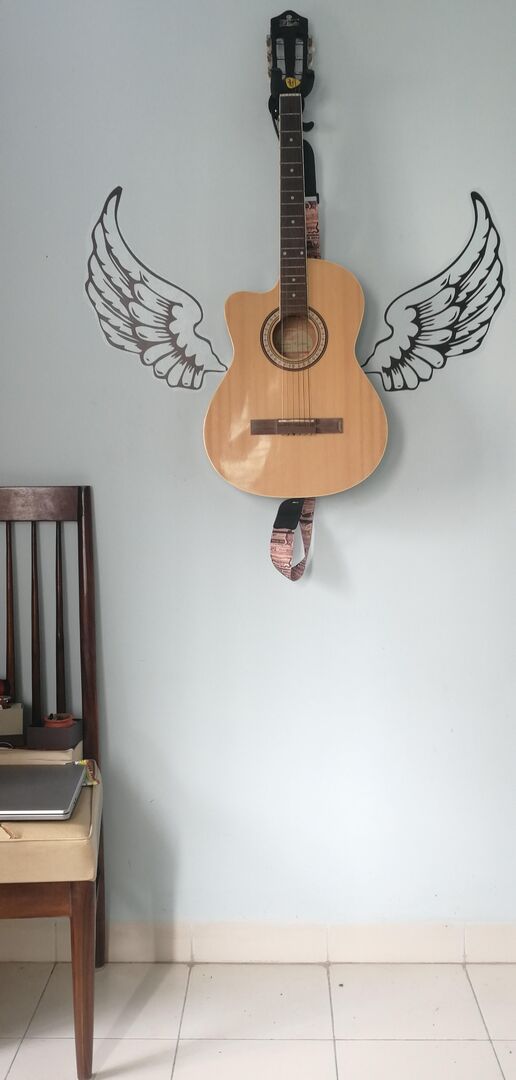‘Joint Shifting’
Candle Power (Inviolate) starting from 1min18
"Also on Vai's latest studio album Inviolate is another novelty. When he wrote the song Candle Power, he set out to do something completely different. No pick, no distortion and the song had to contain a new technique. So he came up with a way to press several strings simultaneously: joint shifting. A few strings up, the other strings down. In other words: an idiotic bone-breaker of which it is first of all crazy that you think it up and even more crazy that you can perform it. Every guitarist knows that your guitar detunes slightly when you press one string. Pressing several other strings simultaneously creates a kind of counter-pressure that undoes the dissonance. The way Vai did this on Candle Power is completely new. It gives that typical alienating Vai sound that makes you think for a moment, “Hey, what am I hearing? Only to realize moments later, that you are listening to Steve Vai Himself, the man who refuses to resign himself to the fact that his instrument has already given away all its secrets. His fingers hurt throughout when he came up with the new technique, he said in an explanation of the song. Something that is, of course, super cool: inventing something that has never been done before. In doing so, he said he hoped other guitarists would take the technique and use it in an even wackier way. Something I haven't heard past as of yet.”
Renewal of the guitar itself
"Not only is Vai innovative in guitar playing and composing, he also plays an important role in the development of the instrument itself. No, he was not the first to play a seven-string guitar. Guitarists in the Middle Ages were already doing that, as were jazz guitarists in the first half of the last century. But it was the Ibanez UV7, a signature model for Vai, that was first produced on a large scale. And that caused guitar music by other artists like Korn to sound a lot "heavier" in Vai's slipstream because of the extra added low B string.
There are a few more interesting novelties that Vai was involved with, such as the "Monkey Grip," a handle that makes it easier to pick up a guitar for a moment. Or the magnetic backplate that ensures you don't have to screw endlessly to change a few strings.
Admittedly, sometimes Vai flies off the handle, too, when it comes to innovation of the instrument itself. The Hydra, for example, is a monster of a guitar: an instrument with four necks. A harp, seven-string, fretless bass and guitar all in one. And a thing that any physical therapist would probably be head-shaking at watching his guitar-playing potential patient put it on."
Quest as a composer
“Ever since his early childhood, Vai has been interested in musicals like West Side Story and other orchestral music. In his younger years, when he played as a 'stunt guitarist' with Frank Zappa, that predilection was only fueled. We are lucky in this respect in the Netherlands, by the way. Other orchestral excursions, such as with the Noord Nederlands Orkest and the Metropole Orkest (with whom he is now also playing at the Muziekgebouw), also took place in the Low Countries. During BRIDGE Festival we will get to hear new orchestral work. This again promises to be full of different influences and surprises. Because even as a composer of orchestral music, Vai has by no means reached his limits.”
buy tickets for STEVE VAI IN CONCERT



